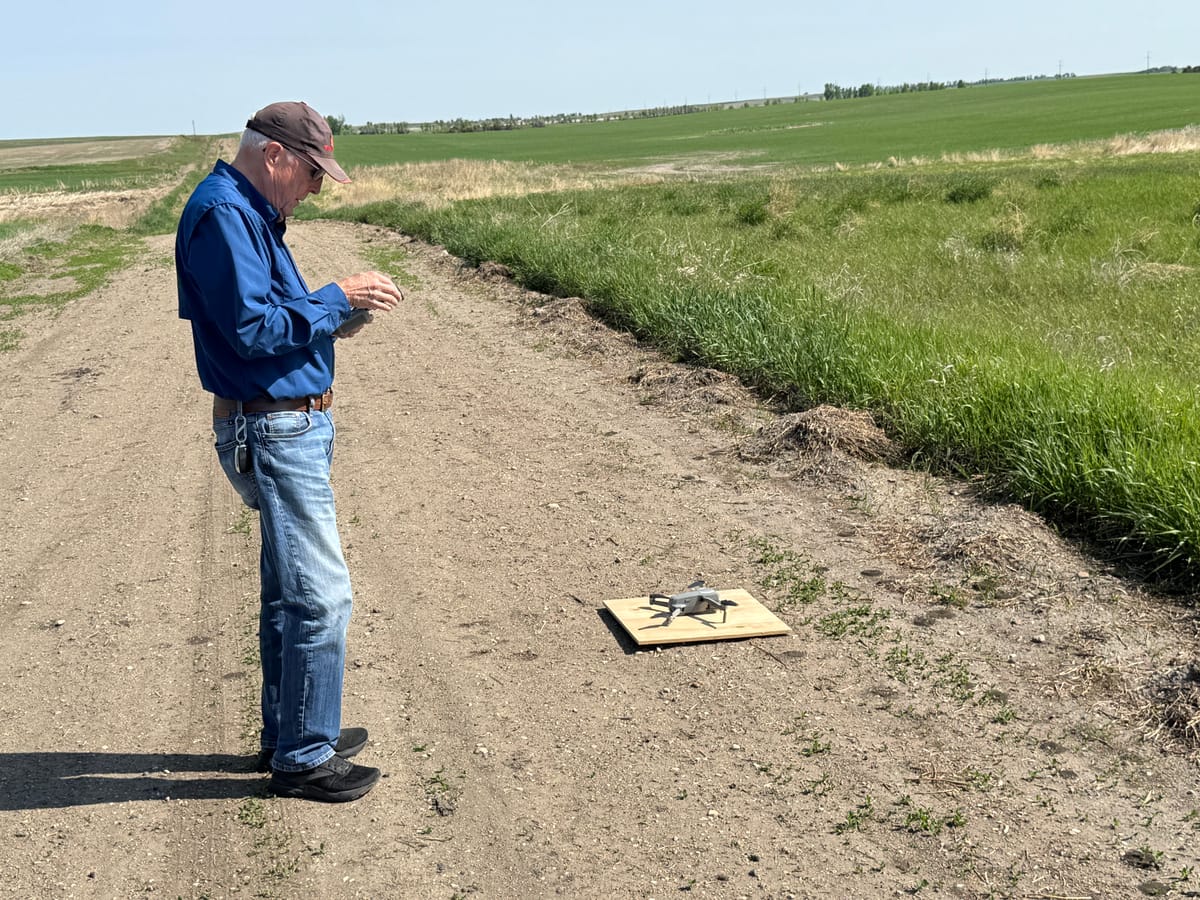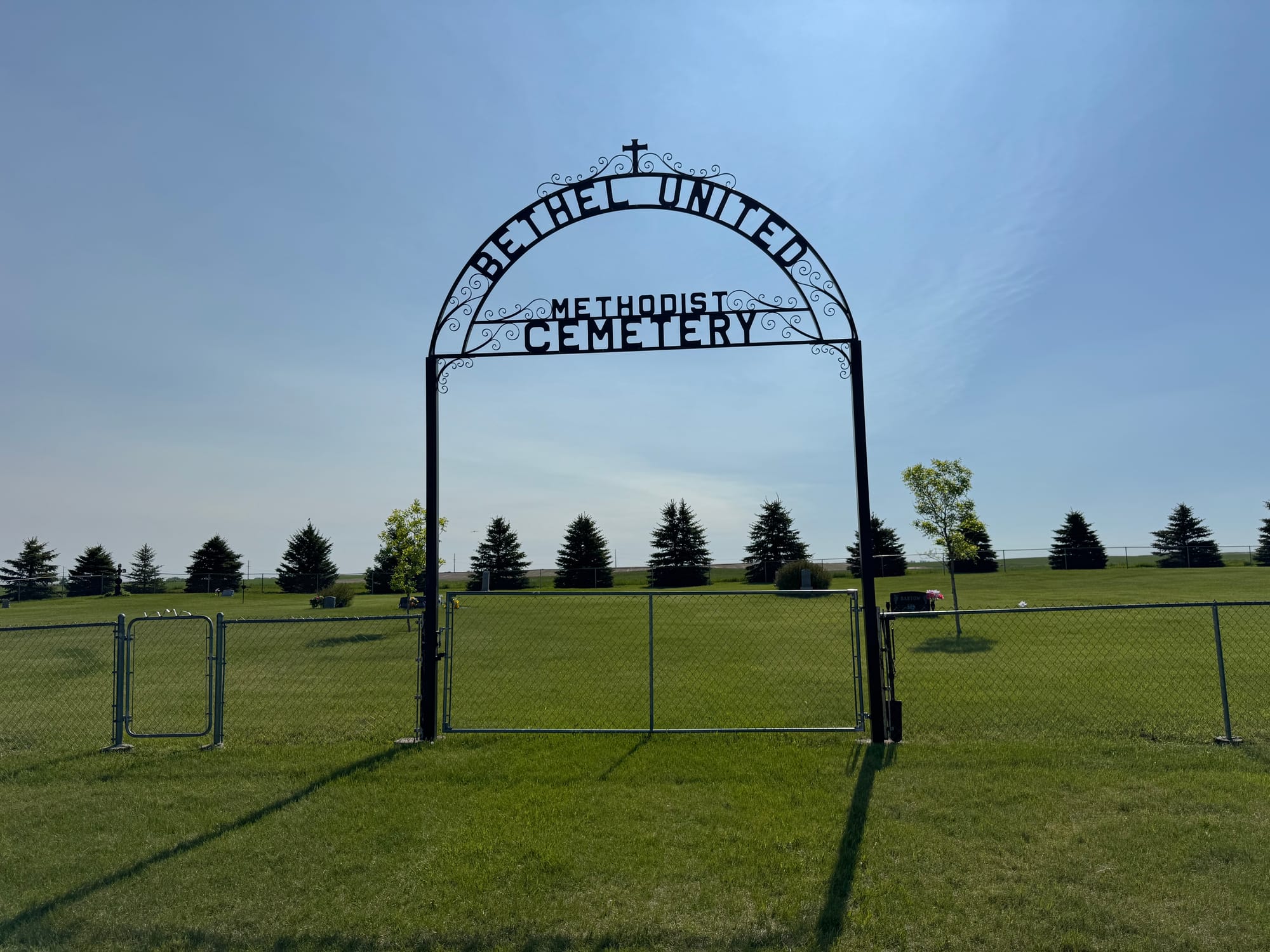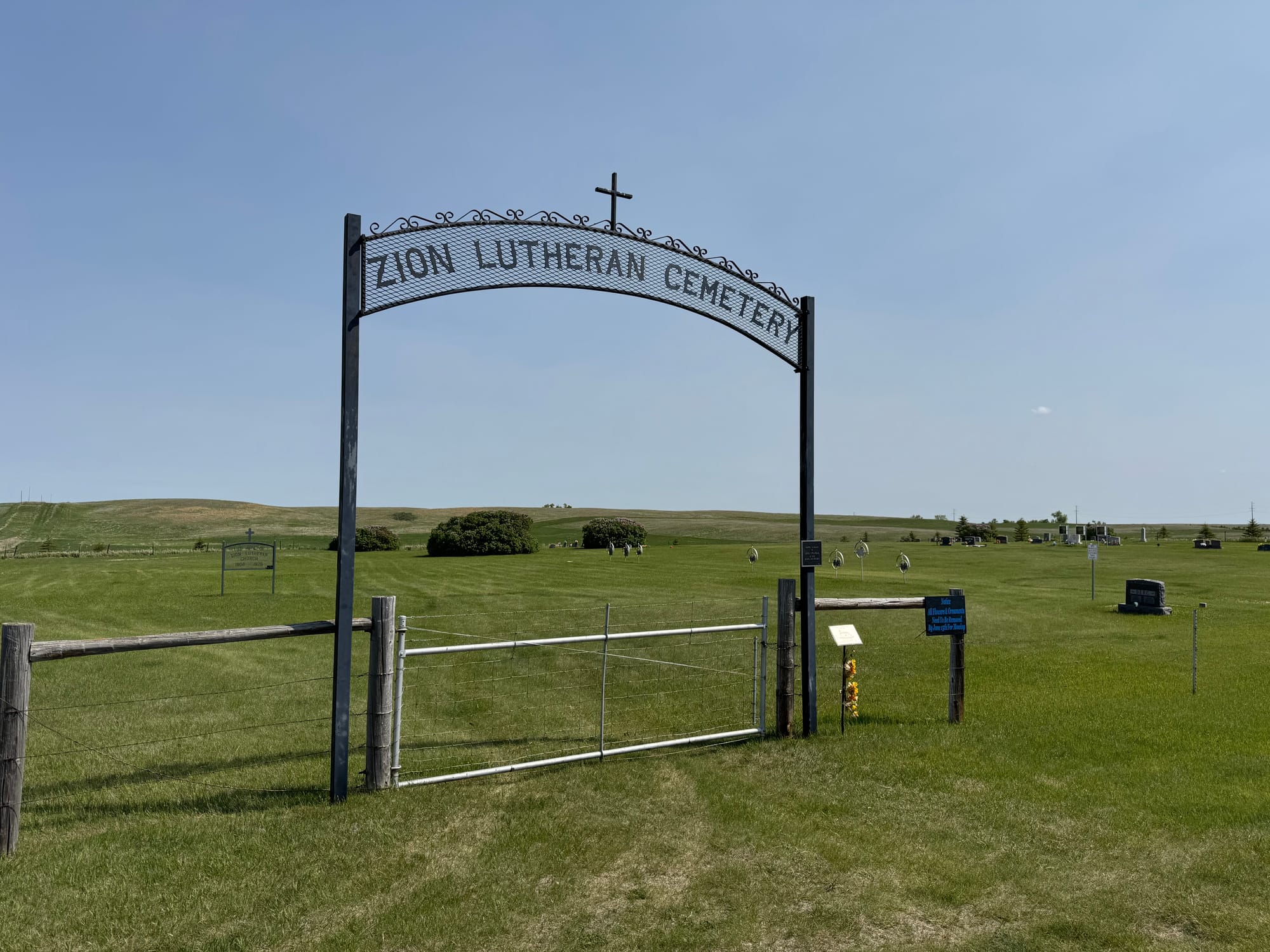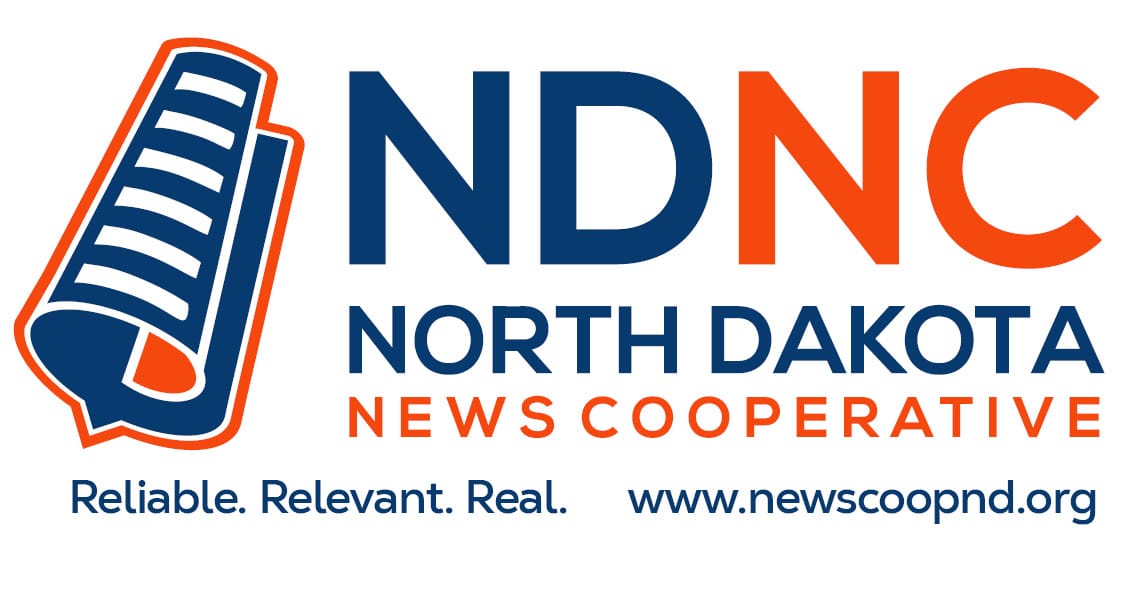Cemeteries document slow decline of rural North Dakota
Care and preservation a labor of love for those who remain

Murray Sagsveen estimates there are nearly 1,000 registered cemeteries in western North Dakota.
Most of those in rural farming communities are small, maybe 10 to 20 burial plots, sometimes just a handful.
“Every cemetery has a story, and it’s often about the settlers there,” Sagsveen said.
Each story is also about the people who remain in the area with relatives buried near once vibrant communities.
Sagsveen is a volunteer attorney for the Western North Dakota Synod of the Evangelical Lutheran Church in America. A chance call several years ago from an oil company rep trying to determine who to pay royalties to on land where rural cemeteries were located set him on the path to a nearly full-time hobby.
“A guy called up and said, ‘We’re pumping oil out from under two Lutheran cemeteries up in Divide County and we don’t know who to pay,’” he said.
The congregation that owned the land had disbanded and the church corporation dissolved. Determining the owner of record took quite a bit of digging, Sagsveen said.
“I’m currently handling several such issues,” he said.
Sorting that out helped get at least a little money to those churches and people taking care of the cemeteries.
A chance passion
Sagsveen is a self-described “cemetery nerd.” At 78, documenting and determining ownership of cemetery land keeps him active. His brother often joins him on the road in the summer to help with the project.
“The more I got into it, the more I thought there’s a story I’ve got to explore,” he said. “As a semi-retired lawyer, it’s fascinating.”
Driving the backroads, most of these cemeteries would be missed if not for the wrought-iron gates cutting the prairie wind on lonely hillocks surrounded by furrowed fields. Today’s GPS coordinates also help.
About half were established by Lutheran church congregations. There are also Methodist, Baptist, Catholic and Jewish cemeteries. The oldest Muslim cemetery in the United States is another one, located in Mountrail County, adjacent to a mosque constructed in 1929 by Lebanese and Syrian immigrants.
On bright summer days, Sagsveen often sets out with his DJI drone and plenty of backup batteries to visit cemeteries across the western half of the state.
He’ll take photos, survey and see if they’re well-kept or abandoned. If abandoned, he’ll try to determine ownership or who can take care of the site, whether it’s the county or a former congregation member.
Most are well-kept, he said, even if no church or congregation exists. Sometimes, family members remain nearby, or they’ve scattered across the country.
Some are more forlorn and forgotten, overgrown with grasses, home to badger dens and pheasants rummaging in the brush.
Zion Baptist Cemetery in McLean County is one. The church was active between 1904 and 1931 but is now long gone. The sexton has died, and it is only occasionally mowed.

A lens into rural decline
For Sagsveen, these explorations have uncovered what he sees as a microcosm for the larger issues shaping rural North Dakota.
While farms grow larger, small towns struggle to retain congregations, grocery stores, schools and other services.
Farm residents move into town or relocate to larger communities, particularly if they’re older and in need of medical care. Older, isolated cemeteries are left behind.
Though headlines say the population is growing in North Dakota, that’s mainly the major metro areas, Sagsveen said.
Shifting demographics continue to hollow out smaller communities across the state.
All used to have a house of worship nearby. Many of those are long torn down with lumber and foundation stone hauled away for scrap.
Some were moved in their entirety to nearby towns, like the one that stood next to the Bethel United Methodist Cemetery. It was relocated to nearby Mercer and is now a Lutheran church.
Lori Walcker and her husband, Jeff, care for Bethel United Methodist Cemetery. Her parents and brother are buried there.

It requires an hour or two of mowing and checking the fences each week or two in the summer, depending how much rain falls and how fast the grasses grow. They donate their time and gas costs tending to the site.
That’s the case with most of the smaller rural cemeteries. Nearby farmers with family buried there end up caring for them.
Occasional donation campaigns can help pay for fences. This is how Lori’s uncle helped pay for a new chain-link fence about 15 years back, she said.
“We've done a lot of improvements throughout the years,” she said. “Of course it was, you know, just a cemetery like all the others that had a wire fence around it many years ago.”
Only a handful of relatives of those buried in Bethel visit these days. Most who knew the deceased are now gone themselves, Lori said.
Several relatives of farmer Lamoyne Vossler are buried at Bethel. He pulls up on a seeder next to another nearby cemetery, Zion Lutheran.
“This is where I’m going to end up,” Vossler said, pointing to the well-maintained Zion cemetery, “in this hill here.”

As for the shrinking of the community, Vossler said if not for the coal mines and power plants nearby, the community would be even smaller.
He mentions the loss of the high school in Mercer in 1972, where he graduated from, and the dwindling number of current students at the high school in Turtle Lake as a sign of the times.
While ever larger farms mean more workers need to be hired, the reliance on seasonal H-2A visa workers, who only stay half the year and don’t put down roots, doesn’t help grow the community, he said.
“If it wasn’t for the people at the (power) plants over there, it would be pretty desolate around here,” Vossler said.
Beverly Peterson, a rancher who also owns Frontier Floral flower shop in Washburn, got to know Sagsveen after two cemeteries near her, Basto and Birka, were close to being encroached upon by a coal mining operation.
Determining ownership and ensuring the plots were registered helped preserve them.
“I think they’re worth saving, I really do,” Peterson said.

She said they’re down to about 10 regular churchgoers at rural Birka Lutheran Church, and while some younger board members are keeping it alive, they know their time might be limited.
While Washburn is active and thriving to a degree, and the promise of jobs related to Talon Metals nickel processing plant at a former coal mine near Beulah will help the larger communities, she doesn’t see the new facility reviving the countryside.
“That's something to ask some of the smart people on the planet, is how do we keep these hometowns,” Peterson said. “It’s so important to keep that vibrancy going because of our kids.”

The North Dakota News Cooperative is a nonprofit news organization providing reliable and independent reporting on issues and events that impact the lives of North Dakotans. The organization increases the public’s access to quality journalism and advances news literacy across the state. For more information about NDNC or to make a charitable contribution, please visit newscoopnd.org. Send comments, suggestions or tips to michael@newscoopnd.org. Follow us on Twitter: https://twitter.com/NDNewsCoop.
